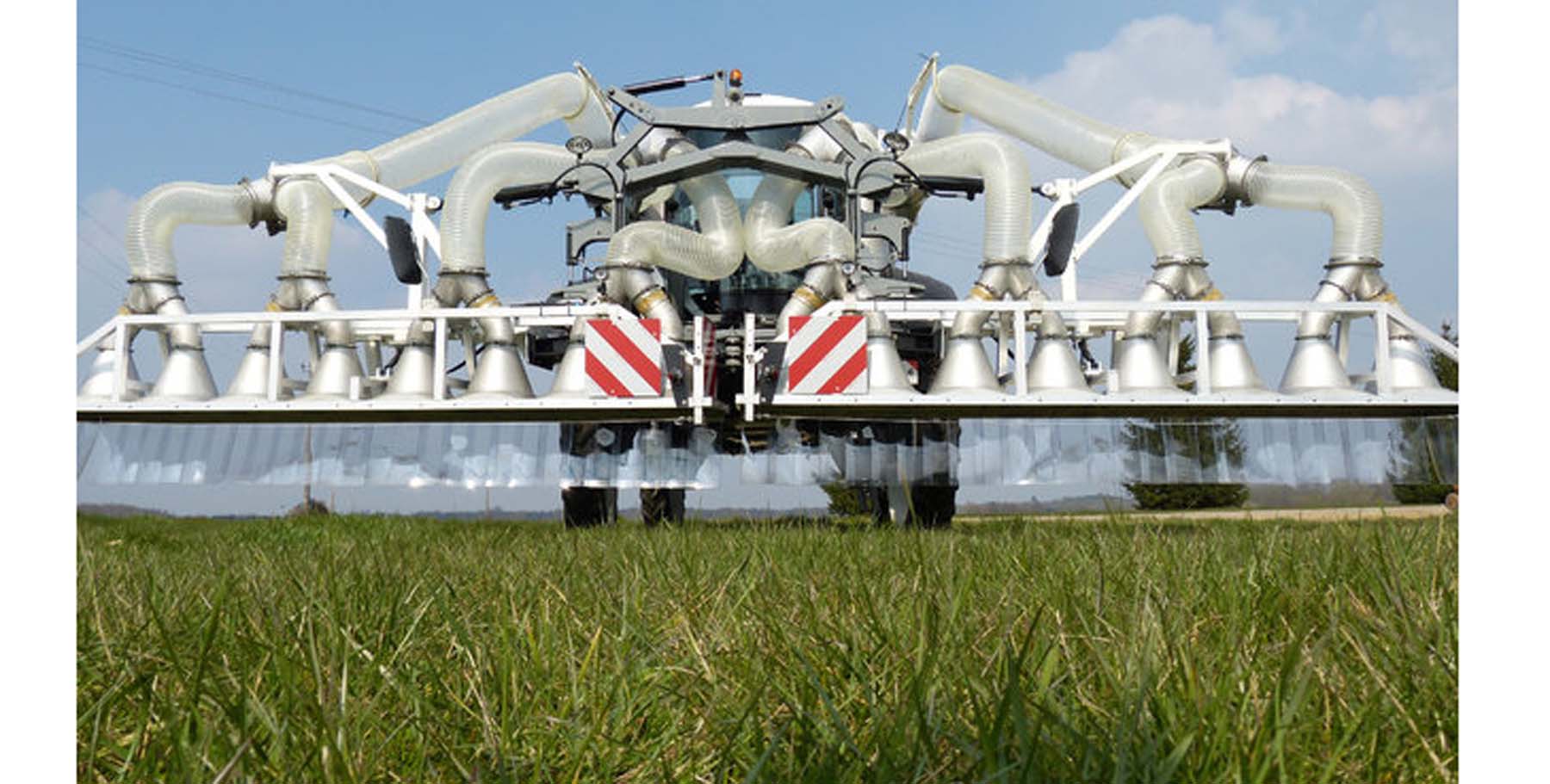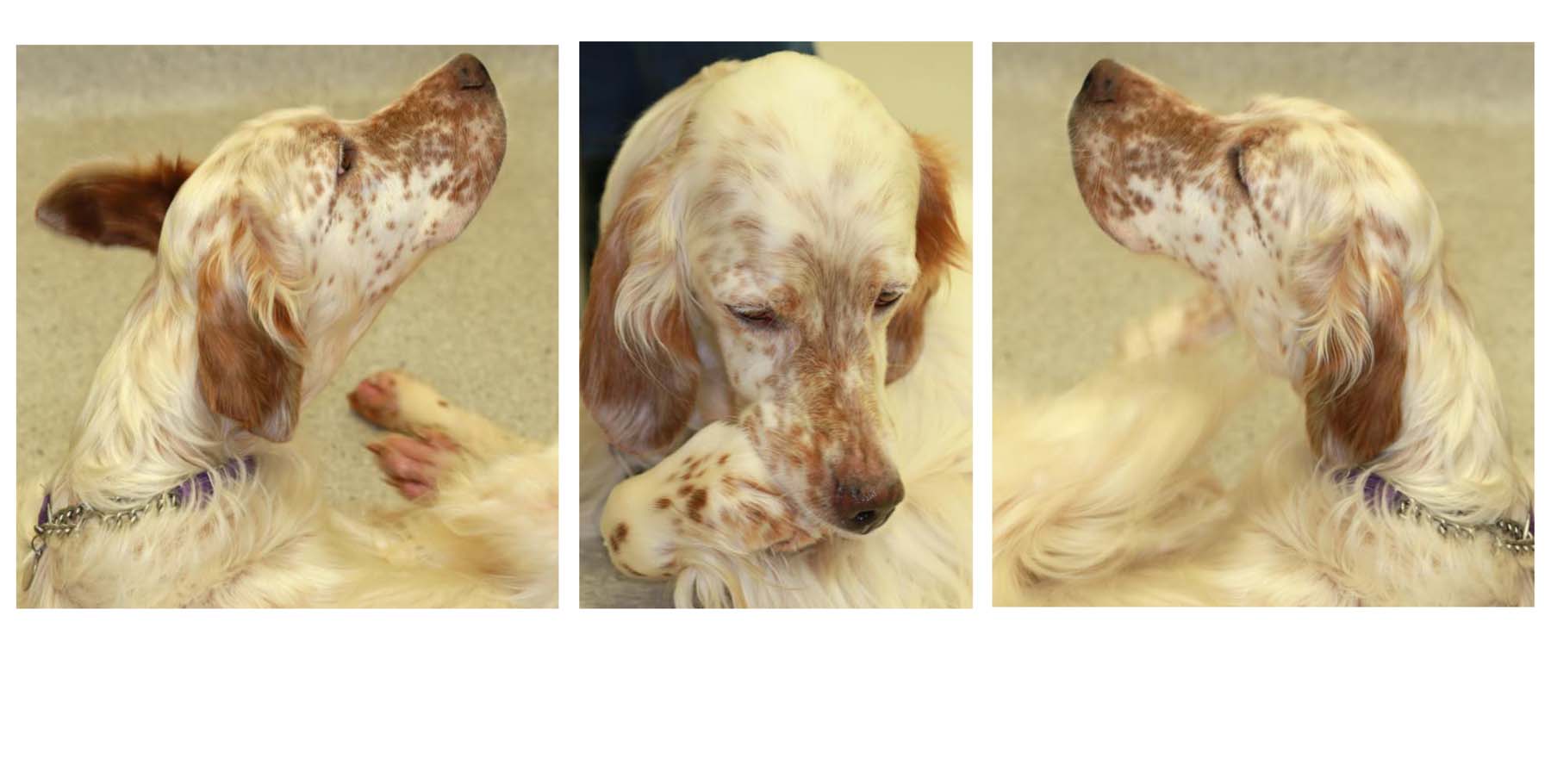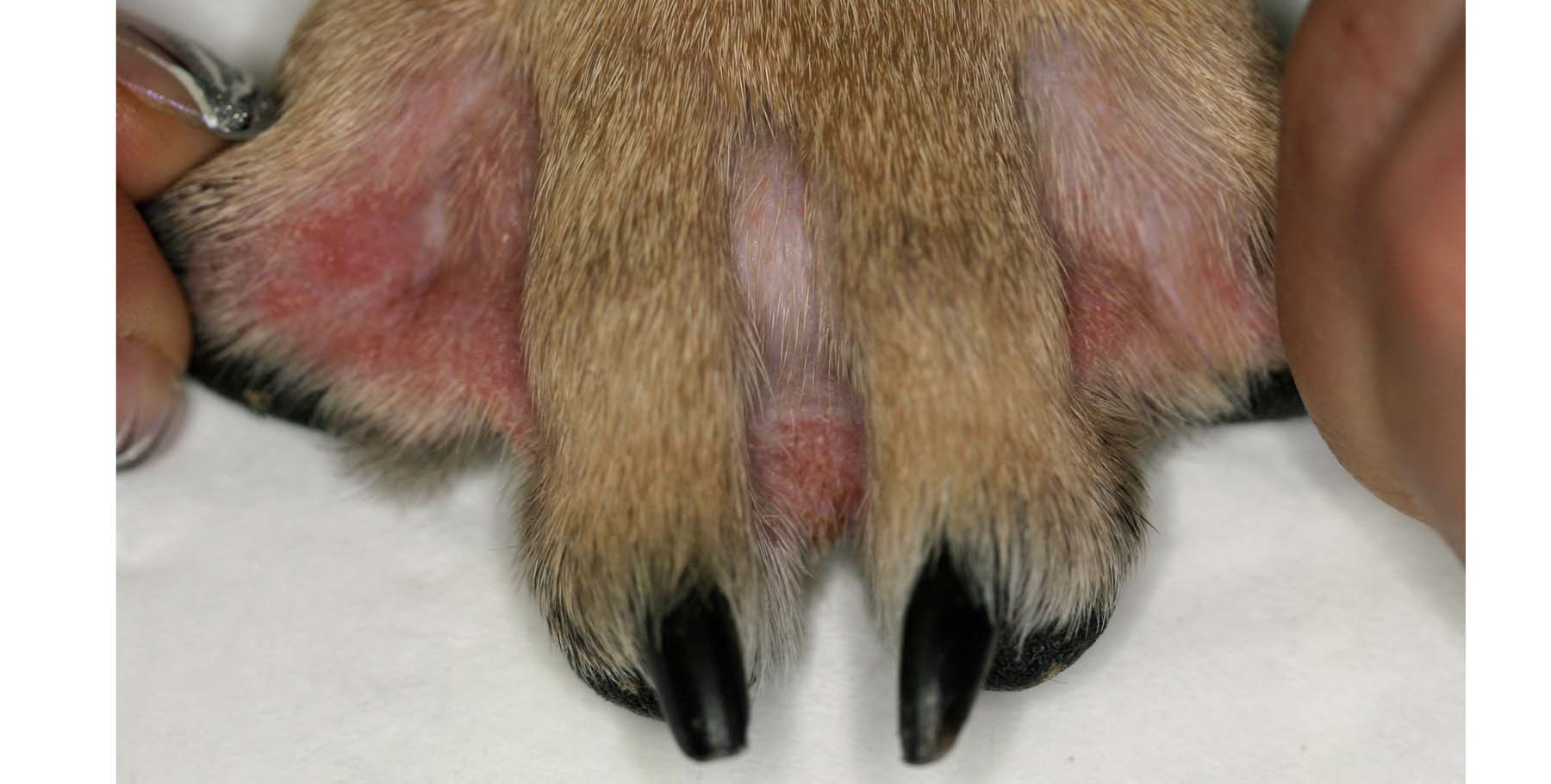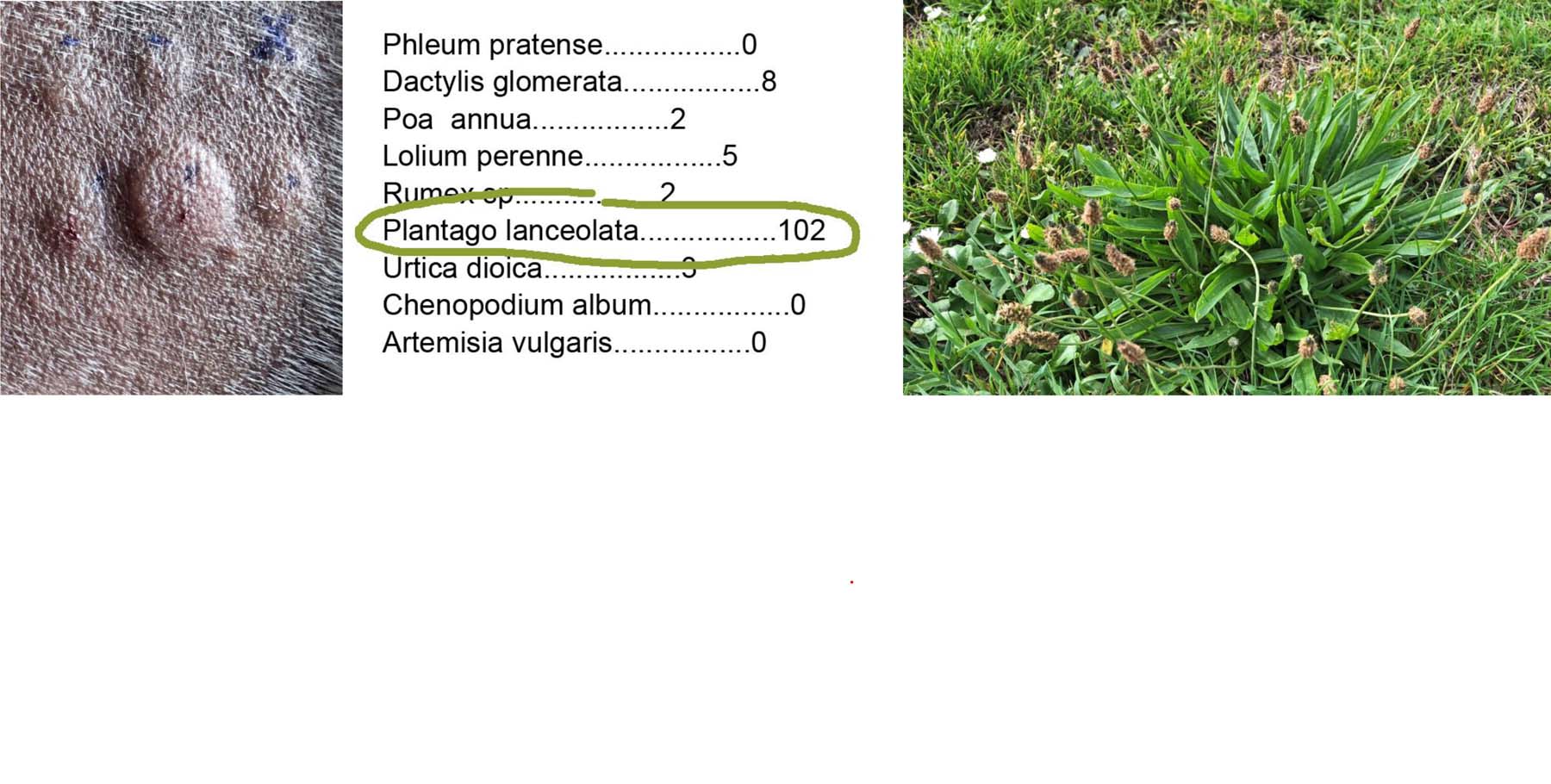Allergen-Specific Immunotherapy (ASIT)
Immunotherapy is the only specific treatment available for atopic patients when allergen avoidance is impossible. These sterile solutions will be formulated in Holland to contain the exact allergens that caused the reactions during your pet’s own (intradermal) skin test and/or blood test. We will be giving increasing amounts of the allergens, by subcutaneous injection, regularly in an attempt to reduce your pet’s reactivity to these allergens when they are encountered under natural circumstances. Lowered reactivity will lead to development of tolerance and in turn reduce the irritation. As with humans, it appears the earlier that ASIT is started in the life of an atopic pet, the greater the benefit that is seen.
Download your guide to giving injections here: Immunotherapy Injection Technique (ArtuVet Client Brochure)
The first bottle will be used for basic induction therapy and administration will be dictated by one of two schedules. The routine immunotherapy induction phase will last approximately three months. Further bottles will then need to be ordered to continue the maintenance phase of the therapy. The bottles and needles need to be safely disposed of at the surgery. Heavy exercise and large meals should be avoided one hour before and after injections.
With routine induction, I will request that you remain in the surgery for at least thirty minutes after the initial two injections so that we can observe your pet for adverse reactions. These reactions are very uncommon. The signs that indicate a reaction include laboured breathing, vomiting, diarrhoea and hives on the skin. There may be a temporary increase in the level of itching during the induction phase of hyposensitisation, which may require some treatment. It is important that we try to avoid giving steroid treatment during the first six to nine months of treatment as this may interfere with the development of tolerance.
I offer a new protocol, known as rush immunotherapy, which will allow the duration of the induction period to be greatly reduced. Your pet will be hospitalised for a day under close observation and given an increasing dose of immunotherapy injections throughout a whole day.
Between sixty and seventy percent of pets are likely to benefit from this treatment. With the standard induction, most patients will respond within the first nine to twelve months, if they are going to respond. But the response to rush immunotherapy may be as short as six months.
Other treatments may have to be given during the vaccination regimen whilst we are waiting for the irritation to abate, although a free access 2022 paper, referenced below, found that those dogs receveiving concomitant systemic steroids, showed a significantly poorer response .
Close monitoring of the response is important and subsequent adjustments to the various treatments are often needed. The 2022 paper, mentioned earlier, found that dogs starting immunotherapy, who were regularly assesssed by dermatologists, had a > 50% improvement in 69.3% of cases vs 55.4% in those that were not. I will review the response to immunotherapy every two to three months initially. You can contact me if you have any queries once your pet is on immunotherapy treatment and I will respond to your questions as soon as possible.
Recently sublingual immunotherapy has become available. The major advantage of this different site of delivery of the allergens appears to be improved success rates. The main disadvantage is twice daily oral medication compared to monthly injections with standard immunotherapy.
Efficacy of subcutaneous allergen immunotherapy in atopic dogs: A retrospective study of 664 cases. Vet Dermatology, Volume 33 Issue 4, August 2022, Pages: 321-328, Evelien Fennis, Catharnia van Damme, Yvette Schlotter, Jacqueline Sinke, Mieke Leistra & Richard Bartels.




